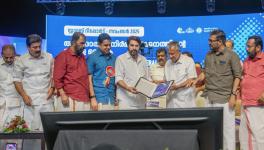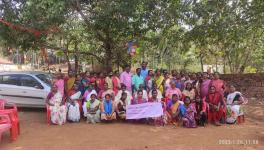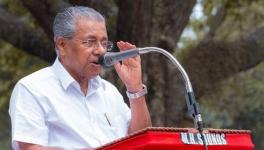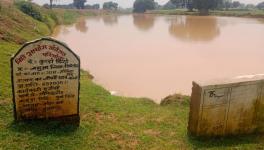Kerala Ready to Finalise Plans to Eradicate Extreme Poverty
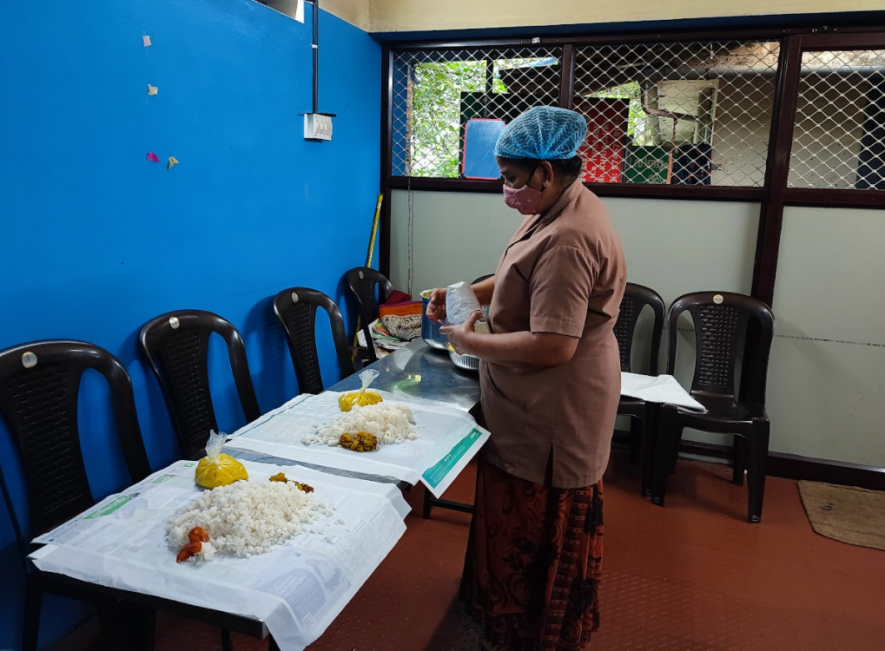
Representational Image
Thiruvananthapuram: The Pinarayi Vijayan-led government of Kerala has taken the first big step towards delivering the Left Democratic Front’s (LDF) 2021 election promise of eradicating extreme poverty by 2025.
After identifying 64,006 extremely poor families through an extensive survey conducted through local self-governance (LSG) bodies, the government has released guidelines to finalise micro plans for the families by August 31.
MV Govindan, minister for LSG and rural development, told the media on Wednesday, “The ambitious mission will be implemented by integrating various departments as per the instructions of the chief minister. All Central and state government schemes would be utilised in order to achieve the goal. These families will be gradually uplifted from poverty over the next four years.”
The participation of traders, industrial and expatriate organisations and all voluntary groups will be ensured through coordination committees under LSG bodies, Govindan added.
Kerala has a reputation for better human development indices and a lesser rate of absolute poverty. According to the National Multidimensional Poverty Index, published by the NITI Aayog in November 2021, only 0.71% of the state’s population is multi-dimensionally poor—the lowest in the country. Kerala scored low on almost all the parameters of deprivation concerning child and adolescent mortality (0.19%), maternal health (1.73%), years of schooling (1.78%), and sanitation (1.1%). The state had decent figures in terms of nutrition, cooking fuel, sanitation, drinking water, electricity, housing, assets and bank accounts.
An extensive survey was conducted across the state to determine extreme poverty based on four factors: food, safe shelter, basic income and health status. A total of 69,119 focus group discussions were held in 19,489 wards of 1,034 local bodies to identify families in absolute poverty. A total of 35,888 officials and volunteers carried out the survey using a dedicated mobile application.
Subsequently, 1,18,326 families were identified out of which 20% underwent a super check to ensure accuracy. Then 73,747 families were included in the probable list of extremely poor. Finally, 64,006 families were included in the final list out of which 43,850 are single-member families. The final list includes 12,763 families from Scheduled Castes, 3,021 from tribes and 2,737 from the coastal belt.
The guidelines envisage a three-level micro-planning to be undertaken by LSG bodies. The immediate priority would be to ensure ration cards, health insurance, food supplies, treatment, etc. The short-term goals include ensuring basic infrastructure, education, timely healthcare, etc. The guidelines also suggest long-term plans to provide housing, toilets, electricity, drinking water, etc.
Food availability can be ensured through Kudumbashree neighbourhood groups, popular hotels and sponsorships to be coordinated by the corresponding local body. Advice from nutritionists and doctors will also be sought.
The guidelines propose the combined utilisation of several welfare schemes focusing on specific problems faced by each family. Ashakiranam scheme, palliative care initiatives, CM’s Relief Fund, other social security schemes and sponsorships will be used accordingly. A network of human resources will be formed, including ASHAs and volunteers. Taluk-district hospitals, medical colleges and mental health centres will be linked to provide treatment to the mentally challenged and ensure their rehabilitation.
The guidelines suggest an annual assessment of the extreme poverty alleviation plan for each family. Based on the assessment, families who come out of extreme poverty will be excluded from the scheme. Gram panchayats, municipalities and corporations are directed to allocate Rs 5 lakh, Rs 10 lakh and Rs 15 lakh, respectively, from the general development fund to implement the mission. Block and district panchayats should also contribute their share to the mission.
LSG bodies may also mobilise additional resources for the smooth implementation of the project. A separate account should be opened in the name of the local body nodal officer for depositing and disbursing the contributions.
In July, ward-level committees will meet to discuss how each family can be uplifted by taking into account their opinions. Later, a workshop will be conducted in local bodies to prepare the micro plans for each family. Training and technical assistance will be provided to officials and volunteers. A trained resource person will also be involved in preparing the micro plans. An activity calendar has also been published to ensure the time-bound implementation of the proceedings
Get the latest reports & analysis with people's perspective on Protests, movements & deep analytical videos, discussions of the current affairs in your Telegram app. Subscribe to NewsClick's Telegram channel & get Real-Time updates on stories, as they get published on our website.









